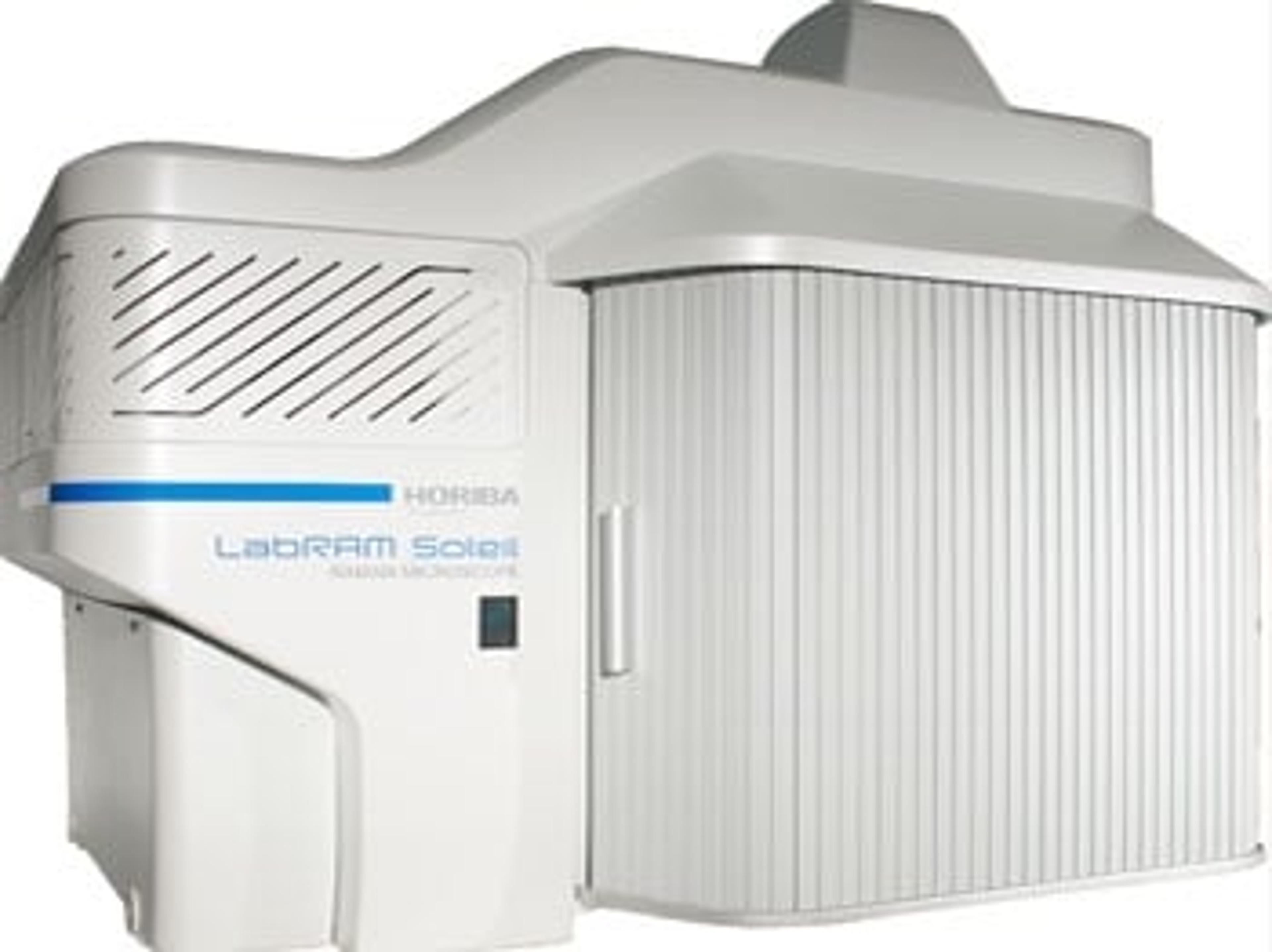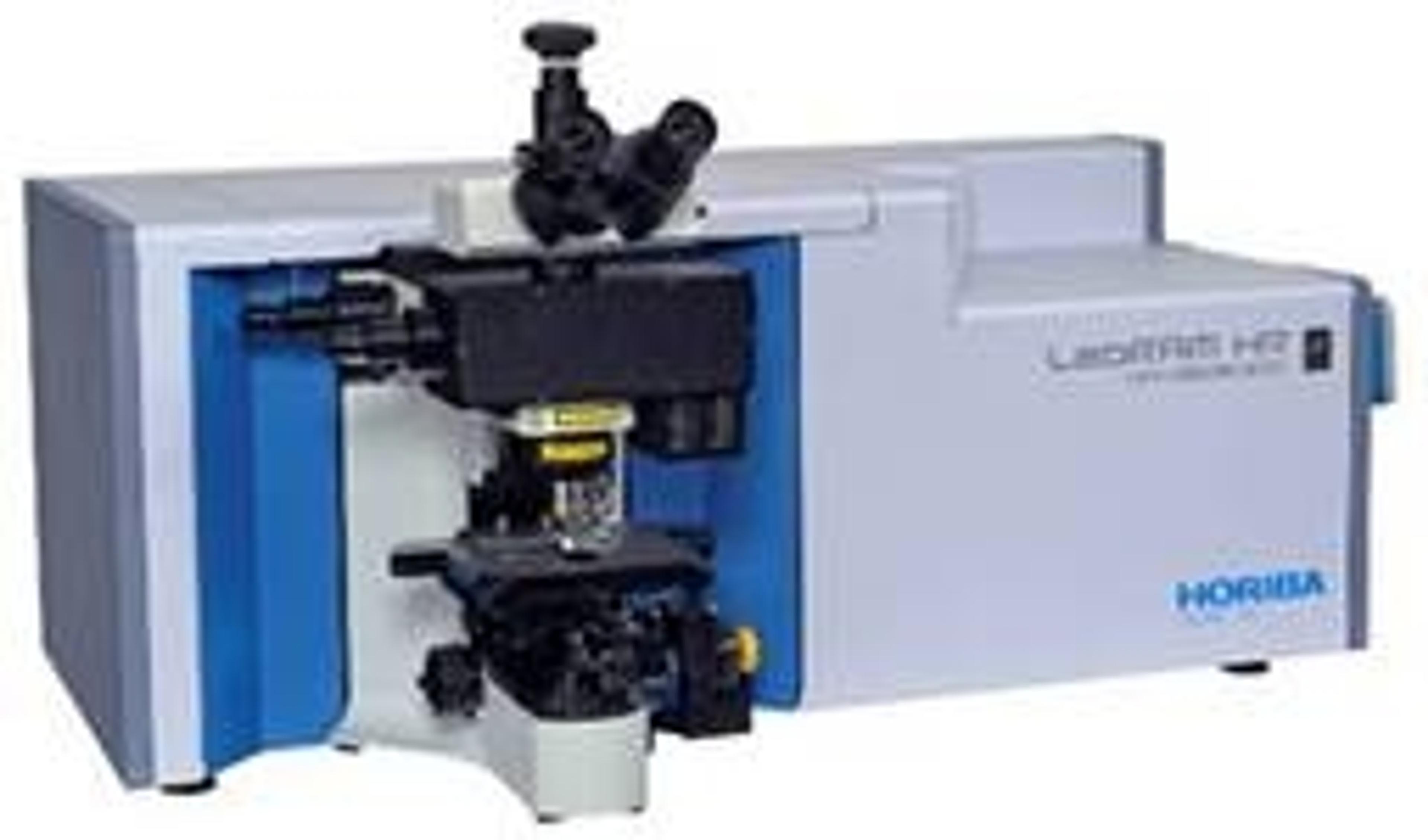Free masterclass on Raman microscopy for pharma applications — watch on demand
In this SelectScience webinar, explore how Raman spectroscopy can be used to accelerate pharmaceutical studies
7 Mar 2021

The development of a new drug product is a long road in the pharmaceutical industry. Understanding active pharmaceutical ingredients (APIs) and compound spatial distributions, investigating final product homogeneity, and differentiating chemically similar molecules such as polymorphs are constant challenges when working to guarantee product quality and process efficiency.
To improve this process, it is instrumental that engineers and researchers have access to the best possible instrumentation — and that’s where Raman imaging microscopy comes in.
In this expert webinar, now available on demand, Thibault Brulé, application scientist at HORIBA Scientific, outlines how Raman microscopy can help the pharmaceutical industry throughout the development and production process, from drug discovery to product formulation and passing post-marketed investigation.
Watch on demandQ: For polymorphisms characterization, we need to work at low frequencies. How do you balance crystal phase mapping with the acquisition times required?
TB: When you work at low frequency, most of the time you need longer acquisition times to go close to the laser wavelength, at least down to 25 wavenumbers. To do this, you need to use ultra-low frequency filters, which are filters that filter the signal in order to cut the laser. But now, with the LabRAM Soleil, we have the capability to go down to 20-25 wavenumbers using the classical edge filters on the lasers. Using the same filters used to see the signal up to more than 4,000 wavenumbers, we can go to very low frequencies, meaning we can characterize different polymorphisms without having to compromise between the acquisition time and the laser and filters that are used. We are now able to go down to 25 wavenumbers with acquisition times that are just 1s or less. It’s very nice to be able to do some mapping to see the distribution of crystal phases within the same tablet for example.
Q: Compared to IR spectroscopy, what does Raman spectroscopy bring to pharmaceuticals?
TB: Compared to IR, Raman we can go to low frequencies which are difficult to reach with IR. With IR you need to have different sources to go down to lower frequencies. Moreover, we have a better spatial resolution as we work in the visible range. This lets us characterize features that are below 1 micron in size. We can easily characterize features between 1 and 10 microns with Raman. This is not possible with IR. With Raman, we can also work on water-based solution characterization. Raman has specific bands for water solvent which will not hide the full signal. You don’t have to prepare your sample and remove the water that can be present. We don’t have to do a lot of sample preparation, which is another good thing in Raman’s favor.
Q: For analyzing complex solutions that have proteins in them, for example, what are the main problems you face using Raman?
TB: The main issues you’d have in complex solutions with proteins, in terms of characterizing the proteins, is that you’d be sensitive to everything in your solution when analyzing with Raman. All molecules in your solution can give you some Raman signal. For example, if you work in blood, you’ll see resonance from everything in the blood including your protein of interest. If you wanted to focus on the protein, you’d need to use a label to target your protein in the solution. For this, you can use nanoparticles tagged with a label that will interact specifically with your protein only. In that case, you will be able to locate the nanoparticles you used in the sample, and your protein of interest will be around it. This is the best way to analyze proteins in complex solutions and filter the signal coming from the rest.
Q: How are Raman micro-spectroscopy results affected by factors like pH, temperature and air pressure in biologics evaluations?
TB: The Raman spectrum will be impacted by all of these factors because Raman is the result of the vibration of the chemical bonds in a sample. The distance between the atoms will change when you change any of these factors. This will affect the position of the bands. Based on the position of the bands, you can get information about these factors too, although It will not show a huge effect. If you work at different temperatures, for example, 10s of degrees won’t cause a change in your spectrum that’s big enough for you to notice, the same for other conditions. However, if you want to follow these effects in your spectrum, you can do it using a high-spectral-resolution system like the LabRAM Soleil with a highly dispersive grating or a LabRAM HR Evolution which is the perfect system to do such analyses. Using these instruments, you can characterize the variation in your spectrum associated with the evolution to the pH, temperature or any other factor that you want to follow.
Q: What form of drug takes the longest to work with and show its full activity?
TB: The main issue that you will have in Raman for drug characterization is when you work on drugs that are not in the crystal phase. As soon as you have a crystal form, your sample is ordered or isotropic – this gives a strong Raman signal. If you have an amorphous, anisotropic form, the signal will be much weaker as you lose the order, and bands will also be distributed over a larger range. Drugs based on biological things like proteins, etc., are not so Raman active compared to chemically synthesized drugs that are highly crystalline. It’s harder to use Raman for these drugs, but even if it’s more difficult, you still get information. You can still characterize your drug very precisely and see its distribution over the sample.
Q: For crystallinity or polymorphism, how is Raman better than X-ray diffraction (XRD)? XRD is typically more popular and Raman is known to have some sensitivity issues here.
TB: The main difference from Raman, the main limitation of XRD in fact, is not being able to characterize crystal phases as soon as you do formulation. Once you combine your API with any other excipient, the XRD won’t be able to see the signal coming from the API only and separate it from the excipient. In Raman, as we’re able to differentiate between different compounds based on their spectra, we can focus on just the API particles. You will be able to distinguish the different polymorphisms and crystal phases of your API among the excipient within a tablet without destroying a sample. You can directly characterize a sample as it is, without having to destroy it or separate the API from the other compounds as you would need to with XRD.
Learn more about differentiating polymorphs in drug manufacturing quality control: Watch the webinar on demand here>>
SelectScience runs 10+ webinars a month across various scientific topics, discover more of our upcoming webinars>>


